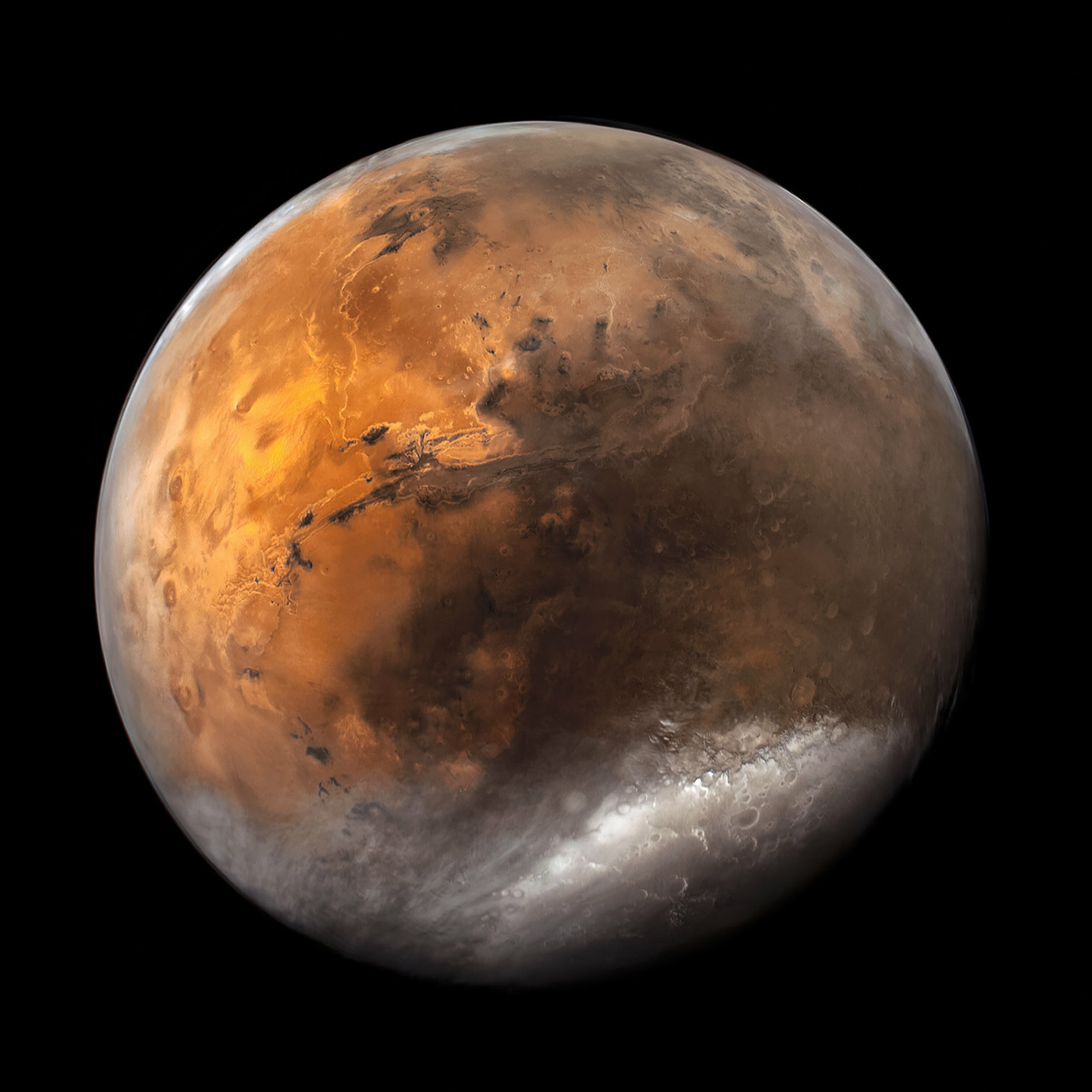
Why is Mars red? A new clue to the history of habitability in Martian dust

Planetary Radio: Space Exploration, Astronomy and Science
Deep Dive
Shownotes Transcript
For decades, scientists hypothesized that Mars’ reddish color came from hematite, an iron oxide thought to have formed through dry oxidation after Mars lost its water. But new research suggests the story is more complex—and more watery—than we once imagined.
In this episode, planetary scientist Adomas (Adam) Valantinas from Brown University joins host Sarah Al-Ahmed to discuss his team’s discovery that Mars’ iconic red dust is likely dominated not by hematite but by a hydrated mineral called ferrihydrite. This subtle but significant shift in understanding could reshape what we know about Mars’ climate history and its potential for past habitability.
Then, Sarah and Bruce Betts, Planetary Society chief scientist, revisit one of the most famous Martian discoveries: Opportunity’s hematite-rich “blueberries,” which also told a compelling story about water on the Red Planet.
Discover more at: https://www.planetary.org/planetary-radio/2025-why-is-mars-red)
See omnystudio.com/listener) for privacy information.